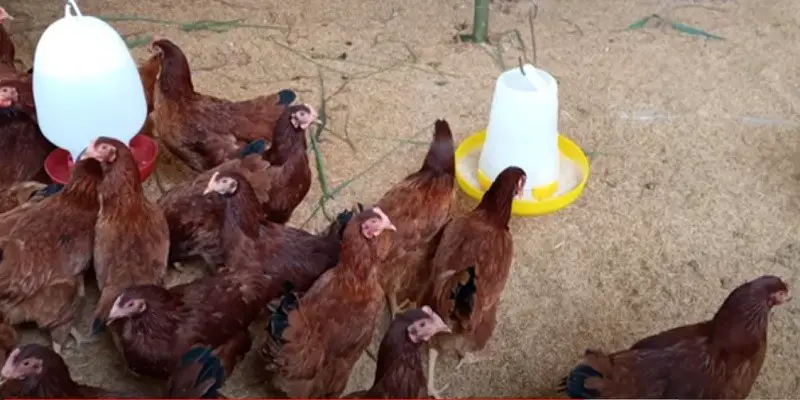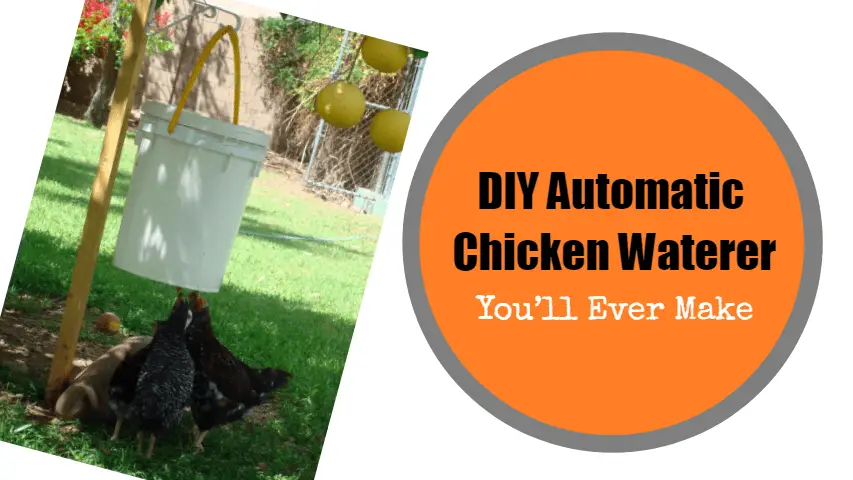Last Updated on December 18, 2023 by Pauline G. Carter
Sand is the best choice for your chicken coop due to its natural drainage and ease of cleaning. It provides a comfortable surface for your chickens, promotes good hygiene, and reduces odors in the coop, creating a healthier environment for your birds.
Keeping your chickens healthy and happy is a top priority for any poultry owner, and choosing the right bedding for your chicken coop plays a crucial role in achieving this goal. Sand, with its excellent drainage qualities, low cost, and easy maintenance, is a superior choice compared to traditional bedding options.
Its natural properties allow for quick drying, preventing moisture buildup and reducing the risk of bacterial growth, thus minimizing the spread of diseases among your flock. In addition, the loose nature of sand makes it easy to clean, providing a more sanitary and odor-free environment for your chickens. We will delve into the numerous benefits of using sand as bedding in your chicken coop and why it is the best choice for your feathered friends.
Natural Odor Control
Sand proves to be the ultimate choice for natural odor control in your chicken coop. Its absorbent properties and ability to neutralize ammonia effectively make it the best option for keeping the coop smelling fresh and clean. Sand also provides a comfortable and sanitary environment for your chickens, promoting their overall well-being.
Natural odor control is essential for maintaining a clean and healthy environment in your chicken coop. Sand, with its remarkable properties, is the best choice for mitigating and controlling unpleasant odors. It effectively absorbs moisture, reduces ammonia levels, and prevents bacterial growth, ensuring a fresh-smelling coop for your feathered friends.
Absorbency Of Moisture
Sand is renowned for its exceptional moisture-absorbing properties, making it an ideal choice for promoting a dry and comfortable environment in the chicken coop. This absorbency helps to prevent the accumulation of dampness and the associated foul odors, keeping the coop fresh and hygienic.
Reduction Of Ammonia Levels
One of the standout features of sand in the chicken coop is its ability to reduce ammonia levels. Ammonia can pose serious health risks to chickens, causing respiratory issues and discomfort. The absorbent nature of sand effectively traps and neutralizes ammonia, resulting in a significant reduction of harmful fumes within the coop.
Prevention Of Bacterial Growth
Sand acts as a natural barrier against bacterial growth, creating an inhospitable environment for harmful microorganisms. This proactive defense mechanism helps to maintain optimal hygiene levels, reducing the likelihood of foul odors and promoting a healthier living space for your chickens.
In essence, sand’s natural odor control capabilities make it the top choice for maintaining a fresh and pleasant atmosphere within your chicken coop.
Health And Safety For Chickens
When it comes to the health and safety of your chickens, the choice of bedding material in your coop plays a crucial role. Providing a clean and safe environment for your feathered friends is essential for their well-being and productivity. Sand has proven to be an excellent choice for chicken coops, offering a range of benefits that contribute to the overall health and safety of your flock.
Prevention Of Foot And Leg Issues
One of the primary concerns for chicken health is foot and leg issues. Sand, with its soft and yielding texture, provides a supportive surface for chickens to walk and perch on. The natural give of sand reduces the risk of injuries such as sprains and fractures, which are common on harder surfaces. By choosing sand as the bedding material in your coop, you can significantly reduce the occurrence of foot and leg problems in your flock, ensuring their continued mobility and comfort.
Reduced Risk Of Respiratory Problems
Respiratory issues in chickens are often linked to poor air quality within the coop. Dust and ammonia buildup from traditional bedding materials can pose a threat to the respiratory health of your flock. Sand, on the other hand, minimizes dust and ammonia levels, promoting cleaner air and reducing the risk of respiratory problems. The improved air quality associated with sand bedding contributes to a healthier environment for your chickens, supporting their overall well-being.
Prevention Of Parasite Infestations
Parasite infestations can pose a significant threat to chicken health and productivity. Sand, thanks to its inherently dry and granular nature, creates an inhospitable environment for parasites such as mites and lice. By choosing sand as the bedding material for your coop, you can prevent the occurrence of parasite infestations, reducing the need for chemical treatments and ensuring the ongoing health and comfort of your feathered companions.
Low Maintenance And Cost-effective Option
When it comes to choosing bedding material for your chicken coop, sand stands out as a low maintenance and cost-effective option. It provides numerous benefits that make it the best choice for keeping your coop clean and your chickens healthy.
Easy Cleaning And Upkeep
Using sand as bedding material in your chicken coop simplifies the cleaning process. Unlike other bedding materials, such as straw or shavings, sand can be easily raked to remove waste and debris. This allows for quick and thorough cleaning, ensuring a hygienic environment for your chickens with minimal effort.
Longevity Of Sand As Bedding Material
The longevity of sand as bedding material is unmatched. Unlike other options that need frequent replacement, sand is durable and can last for a long time. This means that you won’t have to spend time and money constantly replacing the bedding, making it a cost-effective choice in the long run.
Cost Comparison With Other Bedding Options
When comparing the cost of sand with other bedding options, sand emerges as a cost-effective choice. While the initial investment in sand might be slightly higher, its longevity and low maintenance requirements result in significant cost savings over time. In addition, the need for frequent replacement and disposal of other bedding materials adds to the overall cost, making sand the most economical choice for your chicken coop.

Credit: www.pinterest.com
Frequently Asked Questions For Why Sand Is The Best Choice For Your Chicken Coop?
Why Is Sand A Good Choice For Chicken Coop Flooring?
Sand is naturally absorbent, easy to clean, and helps control odors in the coop.
How Does Sand Benefit The Health Of Chickens?
Sand provides a natural scratching and dust-bathing surface, contributing to healthy feathers and bird welfare.
What Type Of Sand Is Best For Chicken Coops?
Coarse, washed construction-grade sand is best as it promotes drainage and reduces moisture.
Is Sand More Cost-effective Than Other Coop Bedding Options?
Yes, sand is a one-time investment with minimal replacement needs, making it cost-effective in the long run.
Can Sand In Chicken Coops Attract Pests?
Proper coop maintenance and drainage prevent pests from being attracted to sand flooring.
Conclusion
Sand is the optimal choice for your chicken coop due to its numerous benefits. From its natural drying properties to its ability to control odor, sand provides a comfortable environment for your poultry. With easy maintenance and superior hygiene, incorporating sand in your chicken coop is a wise decision for both your flock and your peace of mind.
About Author (Pauline G. Carter)

Pauline G. Carter is a well-known pet blogger who has written about the world of pets for several years. She is passionate about pets, from cats and dogs to birds, reptiles, and poultry. Her blog, which is updated regularly, is filled with articles and guides on pet care, nutrition, and training. She also shares her experiences and observations on pet ownership, making her blog relatable and informative for pet lovers. She is a true animal advocate and is dedicated to promoting responsible pet ownership. Let’s Go …




